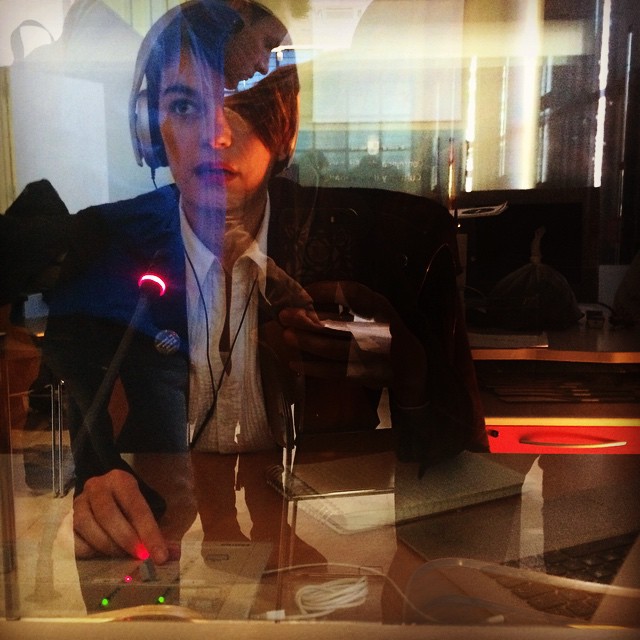International conferences and meetings would be almost impossible without interpreting. It’s not the accident that when it comes to translating orally, we don’t use the term ”oral translation” but ”interpreting”. It is because the interpreter focuses on conveying the message, not literal translation word-for-word.
Translating everything during speech is unreal. In written form, the translator can use dictionaries, consider each word and rewrite the same sentences for a few times. On the meeting it’s more important that everyone would understand what is being spoken. The interpreter doesn’t have much time to convey the meaning, that’s why such work is connected with much more stress and difficulties. Dependently on the situations, there are different kinds of interpreting.
Simultaneous interpreting
This is the most difficult type of interpreting. It demands concentration on the highest level. The interpreter, in a closed booth with headphones and a microphone, speaks what is being said and listens to further talk at the same time.
Consecutive interpreting
In this type, the interpreter listens to the speech and takes notes. After some time (usually from 5-15 minutes) there is a break during which he/she conveys the message, then the speaker continues and so on. It’s very often met on conferences.
Whispered interpreting
It’s done during small meetings. The interpreter whispers a simultaneous interpretation of the meaning for a small audience to hand. It doesn’t demand any equipment, but sometimes microphones and headphones are used.
Relay interpreting
This kind of interpreting is done when target languages of the audience are different. In such case, one interpreter conveys the meaning in a language known for each interpreter, and then each of them renders the message in the target language of their audience.

